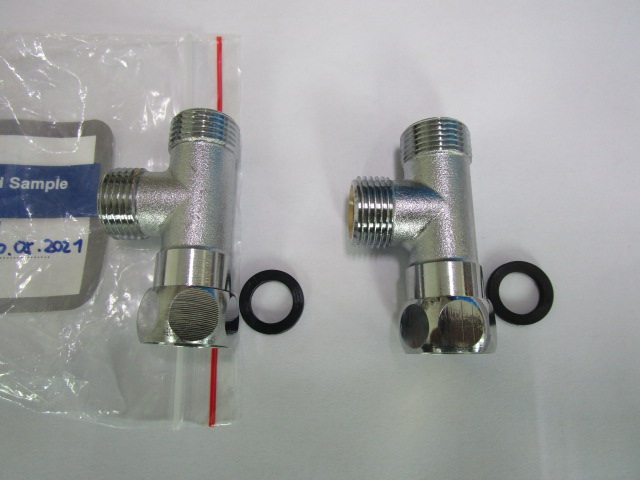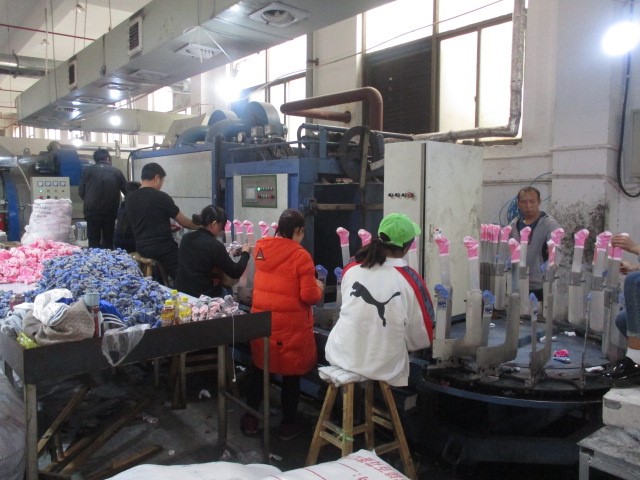
Quality control for socks is a critical aspect of the textile manufacturing industry, ensuring that products meet or exceed customer expectations and comply with international standards. This article delves into the specifics of quality requirements for socks, the relevant international standards, and the role of third-party inspection companies in enforcing these standards during the During Production Inspection (DPI) and Pre-Shipment Inspection (PSI) processes.

Contents
Quality Requirements for Socks
The quality of socks is determined by several factors that affect their performance, durability, and wearer comfort. Key quality requirements include:
- Material Quality: The type of material (cotton, wool, synthetic fibers) affects the sock’s breathability, moisture-wicking properties, and comfort. The quality of the raw materials directly impacts the end product’s performance.
- Construction and Durability: This includes the knit density, seam construction, and reinforcement in high-wear areas. Durable construction ensures the socks can withstand regular wear and washing.
- Size and Fit: Accurate sizing is crucial for comfort and to prevent issues like bunching or slipping. Elasticity should be consistent to ensure the socks maintain their shape and provide adequate support without being too tight.
- Aesthetic and Design Specifications: Visual aspects, including color fastness, pattern accuracy, and overall appearance, must meet the specified standards.
- Health and Safety Standards: Socks must be free from harmful substances, as certified by standards such as Oeko-Tex Standard 100.
International Standards
Several international standards apply to the manufacture and quality control of socks, including:
- ISO 9001: For quality management systems, ensuring consistent quality across all processes.
- ISO 14001: For environmental management, ensuring sustainable practices in manufacturing.
- Oeko-Tex Standard 100: Ensuring textiles are free from harmful substances.
- ASTM Standards: Various ASTM standards apply to textiles, addressing aspects like yarn count (ASTM D1059) and performance specifications for knit and woven socks (ASTM D6554/D6554M).
Role of Third-Party Inspection Companies
Third-party inspection companies play a pivotal role in the quality control process, providing unbiased assessments of the product quality at different stages of production. They ensure compliance with both the buyer’s specifications and international standards.
During Production Inspection (DPI)
DPI occurs after a certain percentage of the production batch has been completed, typically between 20%-50%. It aims to catch and correct any issues early in the manufacturing process. During DPI, third-party inspectors:
- Assess Workmanship: Inspectors evaluate the construction quality, including seams, knitting, and attachment of components.
- Check Material Quality: Verification of material types and qualities against specifications.
- Conduct On-Site Tests: Performance tests for elasticity, color fastness, and moisture-wicking properties.
- Review Production Processes: Inspectors assess the manufacturing processes for potential improvements or adjustments to meet quality standards.
Pre-Shipment Inspection (PSI)
PSI is the final inspection before the shipment leaves the factory, ensuring that the finished products comply with the buyer’s specifications and quality standards. During PSI, inspectors:
- Verify Order Quantities: Confirm that the produced quantity matches the order.
- Perform Visual Inspection: Check the final product for any visual defects or deviations from the specifications.
- Conduct Random Sampling: Inspectors use Acceptance Quality Limit (AQL) sampling methods to select a representative sample of the batch for detailed inspection.
- Assess Packaging and Labeling: Verify that packaging and labeling meet the requirements for shipping and retail.
Conclusion
Quality control in sock manufacturing is multifaceted, addressing material quality, design, construction, and compliance with international standards. Third-party inspection companies are essential in this process, providing objective assessments during DPI and PSI to ensure that the final products meet the high standards expected by customers worldwide. By adhering to these rigorous quality control processes, manufacturers can maintain high levels of customer satisfaction and remain competitive in the global market.




